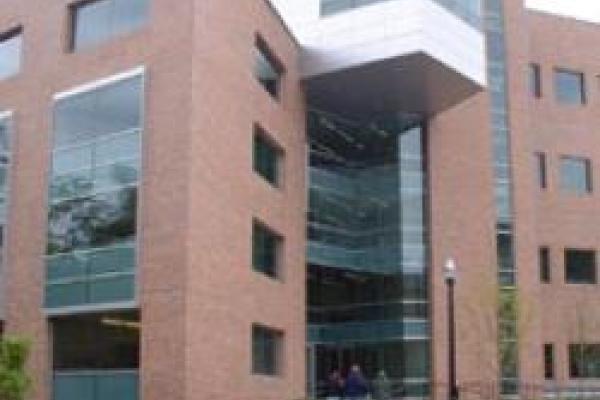
One of the central questions in heavy ion physics is how the deconfined QCD matter produced early in ultra-relativistic heavy ion collisions
(HIC) relaxes to thermal equilibrium. This problem proved to be rich, involving a variety of phenomena such as plasma instabilities, chaoticity, turbulence, hydrodynamization in strongly/weakly coupled plasmas, etc. However, a complete understanding of non-Abelian plasmas dynamics far from thermal equilibrium remains to be achieved.
In classical simulations of anisotropic non-Abelian plasmas that generate plasma instabilities, a stationary power spectrum was observed [1]. This power spectrum was argued to be a result of the turbulent transport of energy from low to large frequencies due to non-linear gluon interactions. However, the fitted spectral exponent -2, could not be understood in the standard framework of (weak) wave turbulence theory which relies on locality of interactions in momentum space.
In this talk, we analyze wave turbulence in Yang-Mills (YM) theory, in the framework of kinetic theory. We argue that due nonlocal interactions in momentum space [2], local Kolmogorov-Zakharov spectra are not physically relevant. We identify the dominant interactions, namely, small angle soft gluon absorption in the UV, and show how in particular these nonlocal inelastic processes are associated with a power spectrum, with exponent -2, that forms when the system is driven out of equilibrium by injecting energy at a given frequency called the forcing scale. This turbulent spectrum, that agrees with classical YM simulation [1], corresponds to an energy cascade that transports energy to the UV.
On the other hand, below the forcing scale, a thermal bath quickly forms although the system is out of equilibrium. As a consequence of nonlocality of interactions, wave turbulence in non-Abelian plasmas exhibits a dual nature and appears to be quite different from Kolmogorov turbulence. This preliminary study might help better understand early time thermalization in heavy ion collisions.
